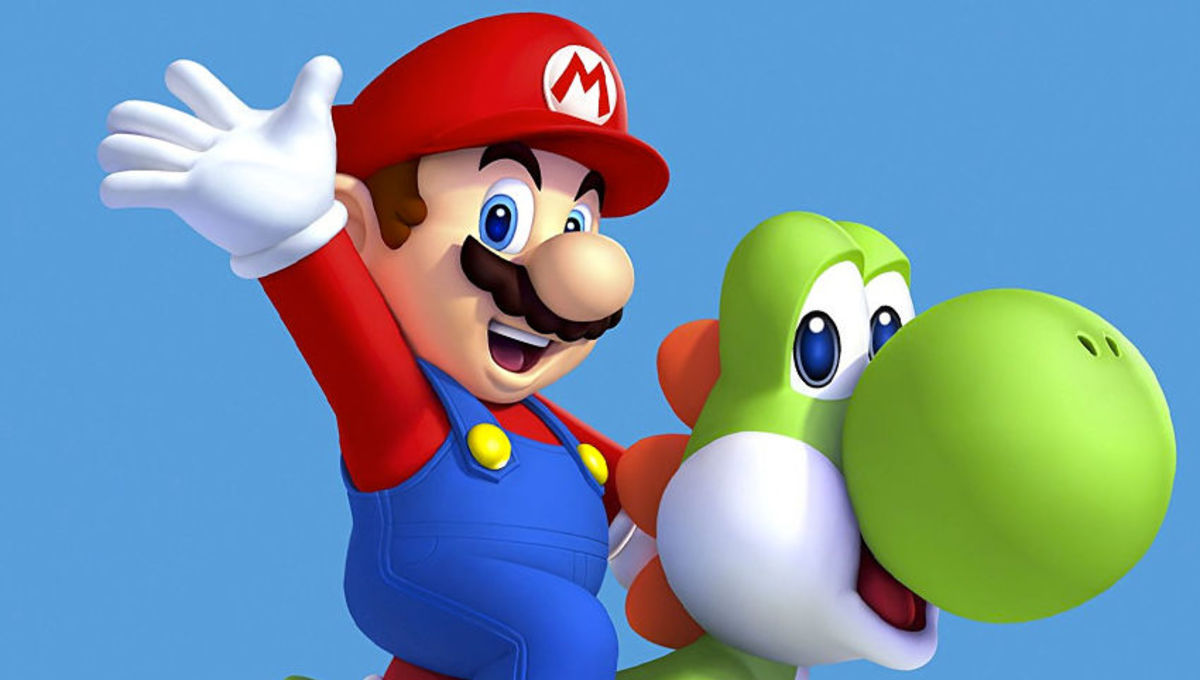
You may or may not know his name, but without him, video games wouldn’t be what they are today.
Miyamoto joined Nintendo when it was moving into video games away from the Japanese playing cards it had made since 1889. His games have been flagships of every Nintendo video game console, with his earliest work appearing on arcade machines in the late 1970s. He managed Nintendo’s Entertainment Analysis & Development software division, which developed many of the company’s first-party titles. As a result of Nintendo president Satoru Iwata’s death in July 2015, Miyamoto fulfilled the role of acting president alongside Genyo Takeda until being formally appointed as the company’s “Creative Fellow” a few months later.

Shigeru Miyamoto at E3, 2013.
Miyamoto has worked for Nintendo since the late 1970’s, and he is the creator of some of the most acclaimed and best selling game franchises, such as Mario, The Legend of Zelda, Star Fox, F-Zero, and Donkey Kong.
He developed Donkey Kong in the late 1970’s, and later developed new characters; Mario, formerly “Jumpman”, and a brother, Luigi. He named the new game Mario Bros, and was convinced to give Mario some superhuman abilities, such as the ability to fall from any height unharmed. Mario’s appearance in Donkey Kong; overalls, a hat, and a thick moustache, led Miyamoto to change aspects of the game to make Mario look like a plumber rather than a carpenter. To date, games in the Mario Bros. franchise have been released for more than a dozen platforms, and have sold millions of copies. It was the first game of its kind when it was released, as in his earlier games, Miyamoto decided to focus more on gameplay than on high scores, unlike many games of the time. (This focus on gameplay and story is believed to have set him apart from other designers, and changed the gaming industry forever).
Super Mario Bros. largely took a linear approach, with the player moving along a “stage” by running, jumping, and dodging or defeating enemies. By contrast, Miyamoto employed nonlinear gameplay in The Legend of Zelda, forcing the player to think their way through riddles and puzzles. The world was expansive and seemingly endless, offering “an array of choice and depth never seen before in a video game.” Some more modern popular games, like Skyrim, show designers adopt a similar approach when developing games, with the player being able to travel wherever they wish at any point.
Time called Miyamoto “the Spielberg of video games” and “the father of modern video games,” while The Daily Telegraph says he is “regarded by many as possibly the most important game designer of all time.” GameTrailers called him “the most influential game creator in history.” Miyamoto has significantly influenced various aspects of the medium. The Daily Telegraph credited him with creating “some of the most innovative, ground breaking and successful work in his field.” Many of Miyamoto’s works have pioneered new video game concepts or refined existing ones. Miyamoto’s games have received outstanding critical praise, some being considered the greatest games of all time.
Miyamoto’s games have also sold very well, becoming some of the best selling games on Nintendo consoles and of all time. As of 1999, his games had sold 250 million units and grossed billions of dollars.
Calling him one of the few “video-game auteurs,” The New Yorker credited Miyamoto’s role in creating the franchises that drove console sales, as well as designing the consoles themselves. They described Miyamoto as Nintendo’s “guiding spirit, its meal ticket, and its playful public face,” noting that Nintendo might not exist without him. The Daily Telegraph similarly attributed Nintendo’s success to Miyamoto more than any other person. Next Generation listed him in their “75 Most Important People in the Games Industry of 1995”, elaborating that, “He’s the most successful game developer in history. He has a unique and brilliant mind as well as an unparalleled grasp of what gamers want to play.”
Its clear he makes games with the intention of creating something people will enjoy, and have fond memories of playing:
“Not to make something sell, something very popular, but to love something, and make something that we creators can love. It’s the very core feeling we should have in making games.”

An image from a later Mario game.
“People have paid me a lot of lip service, calling me a genius story teller or a talented animator, and have gone so far as to suggest that I try my hand at movies, since my style of game design is, in their words, quite similar to making movies. But I feel that I am not a movie maker, but rather that my strength lies in my pioneering spirit to make use of technology to create the best, interactive commodities possible, and use that interactivity to give users a game they can enjoy and play comfortably.” — Shigeru Miyamoto





